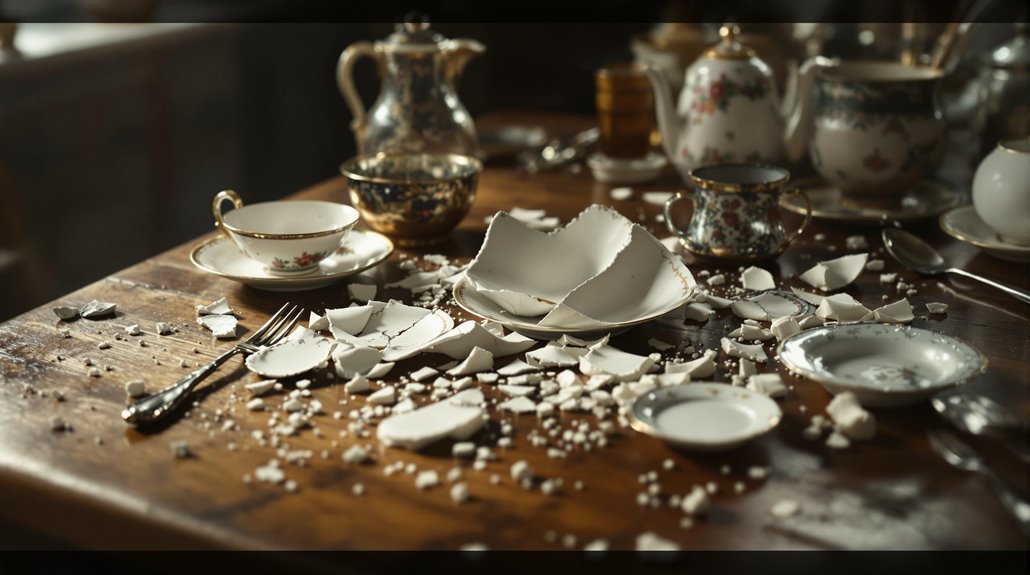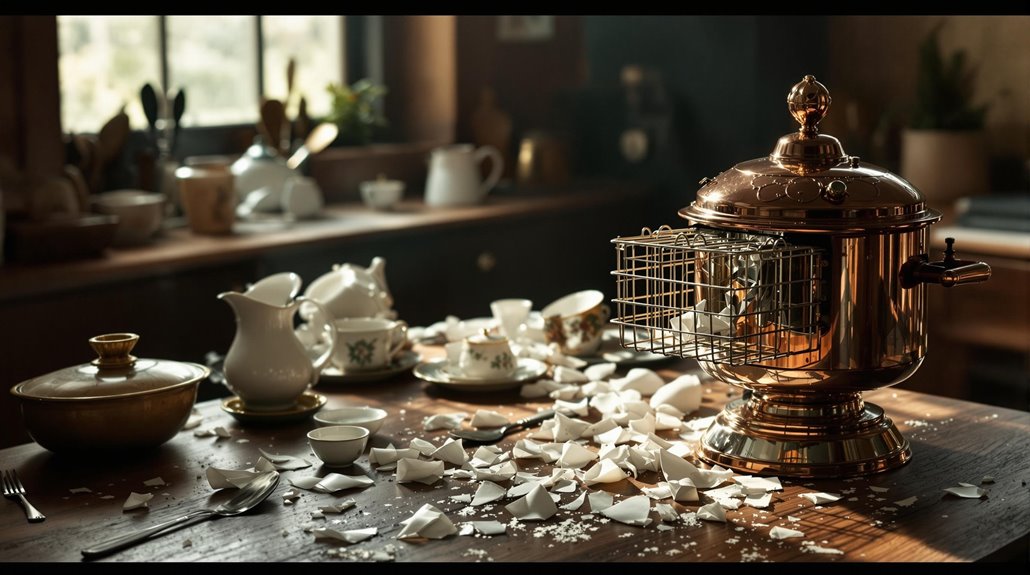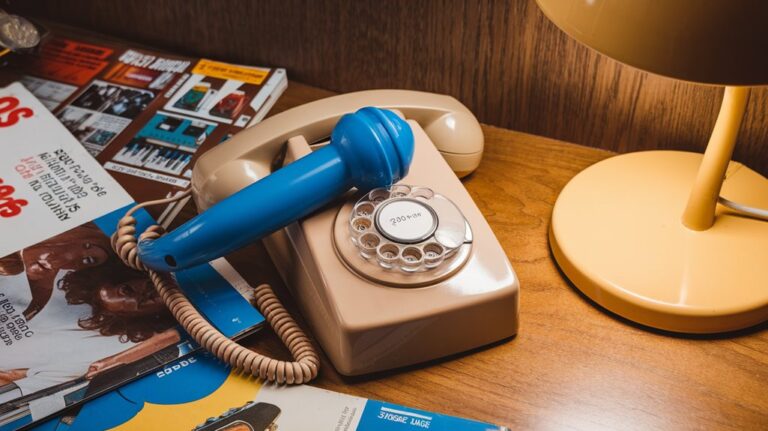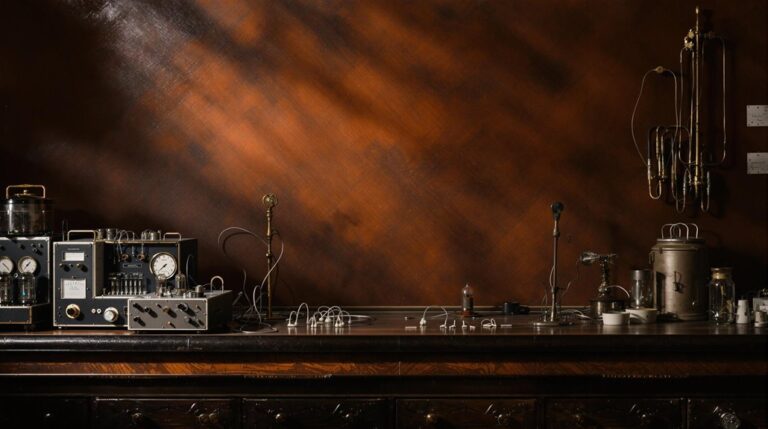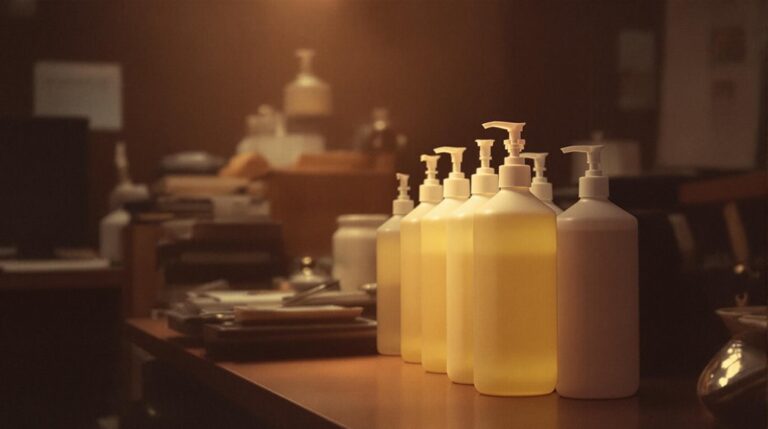Josephine Cochrane’s Dish Dilemma: When Fine China Kept Breaking—and She’d Had Enough
Picture yourself hosting an elegant dinner party, only to discover your grandmother's cherished china plates chipped and cracked after the cleanup. That's exactly what drove Josephine Cochrane to her breaking point in the 1870s. You'd think a wealthy socialite would simply replace her damaged dishes, but Cochrane wasn't about to let her family heirlooms continue meeting such an unfortunate fate. Her response to this domestic crisis would revolutionize kitchens worldwide and launch an unexpected entrepreneurial journey.
The Socialite's Breaking Point
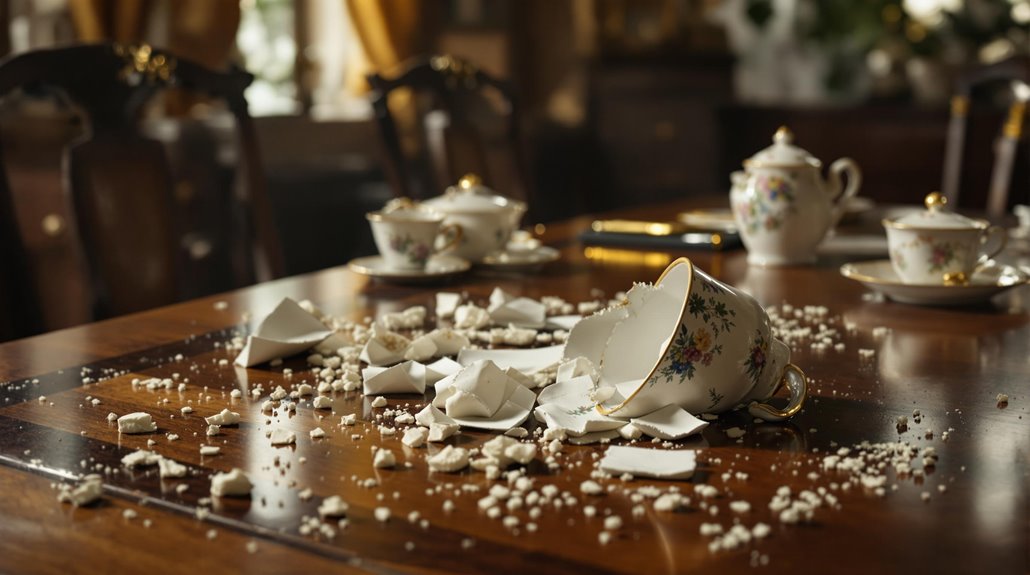
While hosting lavish dinner parties brought Josephine Cochrane social prestige in 1870s Shelbyville, Illinois, it also led to an unexpected dilemma.
As the wife of a successful dry goods merchant living in a grand mansion, she'd regularly entertain Chicago's elite, meeting the social expectations of her status. Her prized heirloom china collection, dating back to the 1600s, wasn't just tableware—it represented generations of family heritage.
Her father John Garis had worked as a civil engineer in Chicago's development, instilling in her a natural inclination toward mechanical solutions.
But the cultural norms of having servants handle post-party cleanup began taking their toll. When Cochrane discovered her precious china was being chipped and damaged by careless handling, she faced a difficult choice.
Rather than risk further destruction of her cherished collection, she broke with convention and took on the tedious task of dishwashing herself, despite her elevated social position. When her husband passed away in 1883, leaving her with substantial debts, she began viewing her dishwashing frustrations as a potential business opportunity.
From Frustration to Innovation
After reaching her breaking point with damaged heirlooms, Josephine Cochrane turned her frustration into determination.
You can imagine her exasperation as she watched her precious 1600s china suffer chips and cracks during routine washing. Rather than continue delegating the task to servants, she decided to tackle the chore herself.
But even Cochrane's personal attention couldn't make the tedious process more bearable. As she scrubbed dish after dish, she recognized that domestic innovations were long overdue. The breakthrough moment came when she sat in her library one evening, conceptualizing the initial design for her dishwashing machine.
Previous design challenges had led to underwhelming attempts by inventors like Joel Houghton and L.A. Alexander, whose machines failed to clean effectively. Following the death of her husband, mounting debts fueled her drive to create a commercially successful invention. Refusing to accept the status quo, Cochrane grabbed her sketching materials and began drafting plans for what would become a revolutionary solution to this common household problem.
Engineering a Solution in Hard Times
Despite her husband's death in 1883 leaving her with mounting debts and just $1,500, Josephine Cochrane refused to let financial hardship derail her vision.
Her financial struggles actually fueled her determination to succeed, pushing her to develop an innovative design that would secure her future.
You might think her lack of formal engineering education would've held her back, but Cochrane's persistence proved otherwise.
She partnered with mechanic George Butters, and together they built the first prototype in her woodshed.
When male technicians dismissed her ideas, she stood firm, insisting on following her unique approach.
She even cleverly filed her patent as "J.G. Cochran" to avoid gender bias.
Her gamble paid off when she received patent no. 355,139 in 1886, marking a triumph over both financial and social obstacles.
The idea for her invention came when servants kept damaging her fine China dishes, prompting her to seek a mechanical solution.
Growing up with her father, a hydraulic engineer, gave her valuable insights into water-based mechanical systems.
The Power of Water Pressure
Josephine Cochrane's breakthrough came from a simple yet powerful realization: water pressure, not scrubbing brushes, held the key to effective dishwashing.
Her design revolutionized cleaning efficiency by using pressurized water jets instead of traditional hand scrubbing, protecting delicate china while ensuring thorough cleaning.
You'll find the genius of her system in its mechanics: a copper boiler housed a flat wheel with wire compartments, while a motor-driven pump sprayed hot, soapy water from below.
The results were remarkable – her machine could clean and dry 240 dishes in just two minutes.
The innovative design won awards for its durability and mechanical excellence, outperforming all previous attempts at automated dishwashing.
Initially created in a shed behind her house, Cochrane's prototype marked the beginning of a revolutionary change in kitchen technology.
Her invention gained significant traction with commercial establishments like hotels and restaurants, leading to steady growth in her business.
Today's modern dishwashers still follow her core principle, using high-temperature water pressure to achieve superior sanitization compared to hand washing.
Building an Empire From Broken Dishes
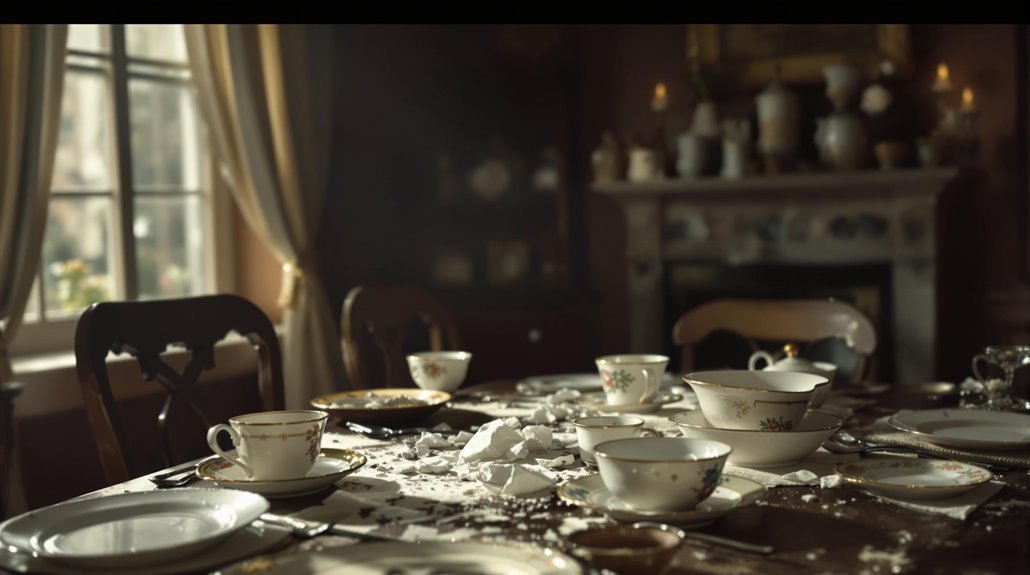
Three key decisions launched Cochrane's business empire in 1886: establishing the Garis-Cochrane Manufacturing Company, targeting commercial clients, and pricing her invention at $75-$100. Her entrepreneurial spirit shone through when she weathered the 1893 Panic while competitors relying on investors failed.
You'll find her market expansion strategy was brilliant – she focused on hotels, restaurants, colleges, and hospitals rather than households.

